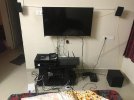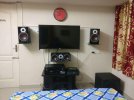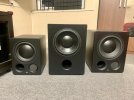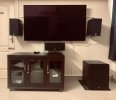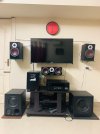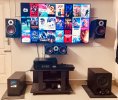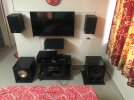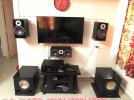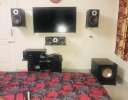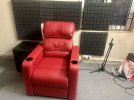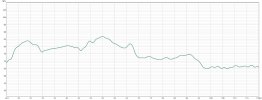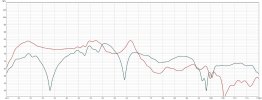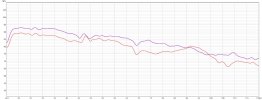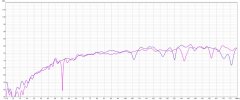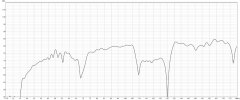Is that not to be expected with 4 sub's?
The part that I am still struggling to get to grips with are those graphs itself. Its telling you something that its doing but you have no actual way to measure that unless you put a microphone in the room and measure this. Else, its all down to the ear and some perceived, which is fine. Its not like the minidsp is talking to the room nor is it working on current feedback. You feed in some values (I assume via phone or PC) and hope that its doing the right thing. Its not working on actual room feedback is it, like Audyssey does, (albeit to some degree)? Even though it is being set to a curve most suited to you, it assumes its working to some dimensions. It has no knowledge where your subs are in the room (your receiver does). Looking at your room again, anything placed to the left is less than ideal, especially for a sub. The minidsp can't see that so its working to what you set which is a common value for both sub's (I assume you can correct the pre out value for each and thats really winging it). In my view, that won't work or won't be ideal for both the subs. Different scenario had there been a wall right against the sub woofer, like the one on the right. Its in a corner and subs work great when set up like this, especially for HT application.
Don't get me wrong. You have achieved something out of this. My point is, dsp implementation is generally seen in areas where a certain sound cannot be achieved, such as compact enclosure speakers. Here we do have a real challenge and it is because of dsp that a little JBL Charge can pump so much bass out of it. In your application, we most certainly don't have a problem with the size of the speaker or the electronics controlling them.
To your other question about an even bigger sub, I'd say first try and then buy.
You must try and replace those glass supports with 10mm wood or something that won't ring.
Appreciate you trying to explain this.


